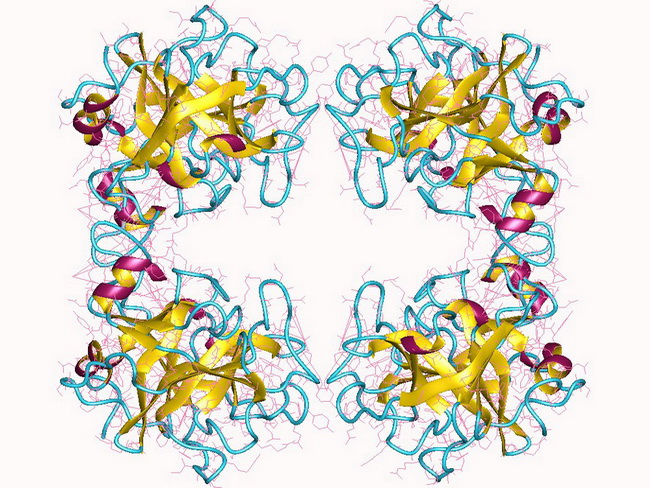Mastocytosis : Serum Tryptase


Comments:
Serum tryptase in Mastocytosis: Tryptase, a neutral serine protease, is the most abundant protein in the secretory granules of mast cells. There are two forms of tryptase - alpha and beta. Degranulation of mast cells upon activation releases tryptase, almost exclusively in the beta form. Measurable levels of tryptase are found within 30 to 60 minutes and the half-life is approximately 2 hours. Serum tryptase levels reflect "mast cell burden" and are useful in evaluation and monitoring of patients with mastocytosis. They are also used to confirm the diagnosis of anaphylaxis as the cause of patient's acute symptoms. The reference level depends upon methodology used but is generally <11.5 ng/ml in healthy individuals. In cutaneous mastocytosis, serum tryptase levels are normal or slightly elevated, whereas in systemic mastocytosis they are persistently >20 ng/ml. Due to short half-life, serum tryptase may be undetectable or normal in some patients with mast cell activation if the specimen is obtained more than 12 hours after anaphylaxis episode. In the absence of an associated myeloid neoplasm, serum tryptase levels are one of the minor diagnostic criteria for mastocytosis. Elevated serum tryptase levels have also emerged as a useful biomarker in clinical hematology with diagnostic and prognostic implications in myelodysplastic syndrome, myeloproliferative neoplasm, acute and chronic myeloid leukemias, and chronic eosinophilic leukemia. The image shows human alpha tryptase tetramer. Courtesy of authors: Marquardt, U., Zettl, F., Huber, R., Bode, W., Sommerhoff, C.P.;visualization author: Astrojan. Used under Creative Commons Attribution 4.0 International License, Link



